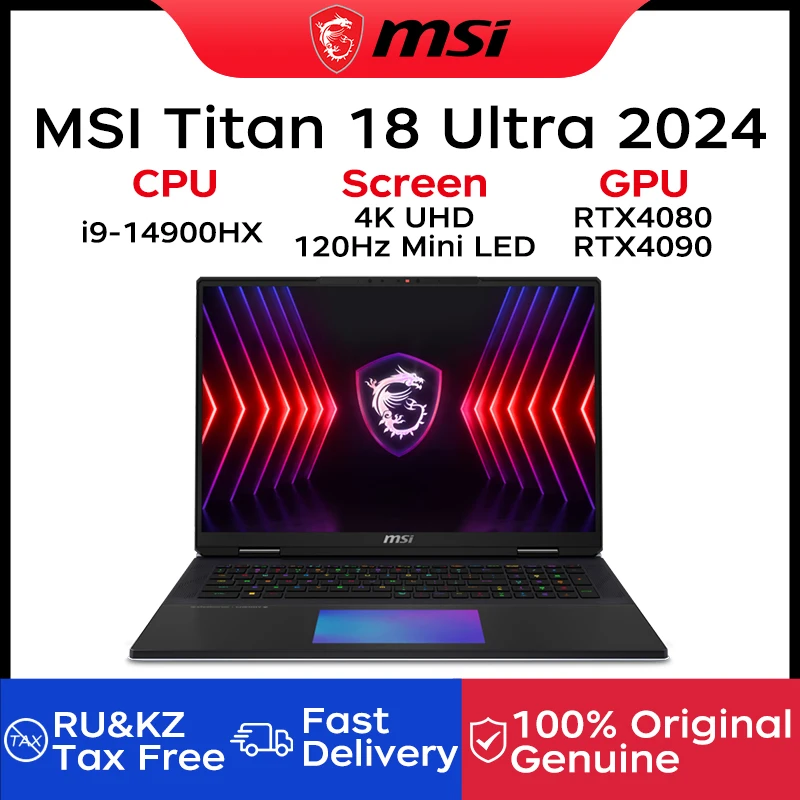Categories
Sponsored
Todays Deal
In the fast-paced world we live in today, mobile shopping apps have revolutionized the way we shop. With just a few taps on your smartphone, you can browse, compare, and purchase products from around the globe, all from the comfort of your own home or while on the go. This surge in mobile shopping apps has brought unparalleled convenience to consumers, transforming the retail landscape. This comprehensive guide explores the rise of mobile shopping apps and how they deliver ultimate convenience at your fingertips.
The Evolution of Mobile Shopping Apps
From Desktop to Mobile: A Seamless Transition
The advent of e-commerce brought shopping to our desktops, but the real game-changer has been the transition to mobile devices. Mobile shopping apps have seamlessly integrated into our daily lives, offering a user-friendly and accessible shopping experience. This evolution has been driven by advancements in technology, increased smartphone penetration, and changing consumer behaviors.
The convenience of shopping on-the-go has become a necessity in today’s busy world. With mobile apps, shoppers no longer need to be tethered to their desktop computers. The ability to make purchases from anywhere, at any time, has made mobile shopping the preferred method for many consumers.
The Advantages of Mobile Shopping Apps
Convenience, Speed, and Personalized Experiences
Mobile shopping apps offer a myriad of advantages that cater to modern consumers’ needs:
1. Convenience at Your Fingertips
One of the primary benefits of mobile shopping apps is the unparalleled convenience they offer. Whether you’re commuting, waiting in line, or relaxing at home, you can shop anytime, anywhere. This 24/7 accessibility ensures that you never miss out on deals or new product launches.
The ability to shop at your own convenience eliminates the need to visit physical stores, stand in long lines, or adhere to store hours. This flexibility allows consumers to fit shopping into their schedules without any hassle.
2. Speed and Efficiency
Mobile shopping apps are designed for speed and efficiency. With features like one-click purchasing, saved payment information, and quick load times, these apps streamline the shopping process. This reduces the time and effort required to complete transactions, making shopping a hassle-free experience.
The streamlined checkout process, combined with fast load times, ensures that consumers can complete their purchases quickly and efficiently. This is especially beneficial for those with busy lifestyles who want to avoid the time-consuming process of traditional shopping.
3. Personalized Shopping Experiences
Mobile shopping apps leverage data and artificial intelligence to offer personalized shopping experiences. Through algorithms and machine learning, these apps recommend products based on your browsing history, preferences, and past purchases. This level of personalization enhances the shopping experience and makes it more enjoyable.
Personalized recommendations make it easier for consumers to discover new products that align with their interests and needs. This tailored approach not only improves customer satisfaction but also increases the likelihood of repeat purchases.
Key Features of Successful Mobile Shopping Apps
What Sets Them Apart
Successful mobile shopping apps incorporate key features that enhance the user experience and drive customer loyalty:
1. User-Friendly Interface
A clean, intuitive, and user-friendly interface is crucial for a positive shopping experience. Mobile shopping apps prioritize ease of navigation, clear product categories, and simple checkout processes. This ensures that users can find what they need quickly and easily.
An intuitive interface reduces the learning curve for new users and minimizes frustration. Clear product categories and search functions help consumers find products with ease, improving the overall shopping experience.
2. Secure Payment Options
Security is a top concern for online shoppers. Mobile shopping apps offer secure payment options, including credit cards, digital wallets, and third-party payment gateways like PayPal. Robust encryption and security measures protect users’ financial information, building trust and confidence.
Secure payment options reassure consumers that their financial information is protected, reducing the risk of fraud and identity theft. This trust is essential for building long-term relationships with customers.
3. Push Notifications and Alerts
Push notifications keep users informed about the latest deals, promotions, and order updates. These real-time alerts ensure that shoppers never miss out on time-sensitive offers and help retailers engage with their customers effectively.
Push notifications can also be personalized based on user preferences, ensuring that the information is relevant and timely. This engagement strategy keeps consumers connected to the app and encourages repeat visits.
4. Seamless Integration with Social Media
Social media integration allows users to share their favorite products, reviews, and shopping experiences with their networks. This not only enhances the social aspect of shopping but also drives organic traffic and brand awareness.
Social media platforms are powerful tools for word-of-mouth marketing. By allowing users to share their shopping experiences, mobile shopping apps can reach a broader audience and attract new customers through organic referrals.
Popular Mobile Shopping Apps and Their Unique Features
Leading the Charge in E-Commerce
Several mobile shopping apps have set the standard in the industry, each offering unique features that cater to different consumer needs:
1. Amazon
Amazon’s mobile app is a powerhouse in the e-commerce world. With features like Amazon Prime, Alexa integration, and personalized recommendations, Amazon offers a seamless and efficient shopping experience. The app’s robust search functionality and vast product catalog make it a go-to choice for many shoppers.
Amazon Prime offers benefits like free two-day shipping, exclusive deals, and access to streaming services, making it a comprehensive package for loyal customers. Alexa integration allows users to shop using voice commands, adding another layer of convenience.
2. eBay
eBay’s mobile app is ideal for those who enjoy auction-style shopping and unique finds. The app offers features like bid tracking, price alerts, and seller ratings. eBay’s global marketplace ensures a diverse range of products and competitive pricing.
The thrill of bidding on auctions and discovering rare items makes eBay a popular choice for collectors and bargain hunters. The app’s price alerts notify users when items they’re interested in become available at a lower price, helping them secure the best deals.
3. Walmart
Walmart’s app combines online shopping with in-store convenience. Features like grocery pickup, order tracking, and personalized savings make it a favorite among budget-conscious shoppers. The app’s user-friendly interface and comprehensive product range cater to various shopping needs.
Walmart’s grocery pickup service allows users to order groceries online and pick them up at a convenient time, saving them the hassle of navigating crowded stores. The app also offers personalized savings based on user preferences, ensuring that shoppers get the best deals.
4. Ominymarket.com
Ominymarket.com’s mobile app provides a seamless business management experience. With features like scheduling, bookings, client management, and secure transactions, ominymarket.com caters to both sellers and buyers. The app’s intuitive design and robust functionality make it a versatile tool for e-commerce success.
ominymarket.com enables businesses to manage their operations efficiently, from inventory management to client communication. The app’s secure transaction feature ensures that all financial information is protected, providing peace of mind for both sellers and buyers.
The Future of Mobile Shopping Apps
What Lies Ahead
The future of mobile shopping apps is promising, with several trends set to shape the industry:
1. Augmented Reality (AR) and Virtual Reality (VR)
AR and VR technologies are revolutionizing the way we shop. Mobile shopping apps are incorporating these technologies to offer immersive and interactive shopping experiences. From virtual try-ons to 3D product views, AR and VR enhance product visualization and decision-making.
Virtual try-ons allow users to see how clothing, accessories, or makeup will look on them without needing to visit a physical store. 3D product views provide a more detailed and realistic representation of products, helping consumers make informed purchasing decisions.
2. Voice Commerce
Voice-activated shopping assistants like Amazon’s Alexa and Google Assistant are becoming more prevalent. Mobile shopping apps are integrating voice commerce capabilities, allowing users to search for products, place orders, and manage their shopping lists using voice commands.
Voice commerce offers hands-free convenience, allowing users to shop while multitasking. This technology is particularly useful for quick reorders of frequently purchased items, streamlining the shopping process.
3. AI-Powered Chatbots
AI-powered chatbots provide real-time customer support and assistance. These chatbots can answer queries, offer product recommendations, and guide users through the purchasing process. The integration of AI enhances user engagement and satisfaction.
AI chatbots can handle a wide range of customer service tasks, from answering frequently asked questions to processing returns. This automation improves response times and ensures that users receive consistent and accurate information.
Conclusion
The surge of mobile shopping apps has brought ultimate convenience to consumers, transforming the retail landscape. With features like personalized experiences, secure payment options, and real-time notifications, mobile shopping apps cater to modern consumers’ needs. As technology continues to evolve, the future of mobile shopping apps promises even more innovative and seamless shopping experiences.
Written by Ominy Market
Sponsored
From Our Blog

The rapid evolution of e-commerce has necessitated innovative solutions to meet growing consumer demands for faster and more efficient delivery. Among these solutions, delivery drones have emerged as a game-changer, promising to revolutionize logistics and redefine the last-mile delivery landscape. This comprehensive guide explores the future of delivery drones in e-commerce logistics, the potential disadvantages, and the various types of delivery drones.

The rapid advancement of technology has brought about significant changes in the retail industry, with data analytics playing a pivotal role in driving innovation. By leveraging vast amounts of data, retailers can gain valuable insights into consumer behavior, optimize operations, and create personalized shopping experiences. This comprehensive guide explores how data analytics is revolutionizing online shopping and retail, highlighting its impact on various aspects of the industry.

The digital age has brought about a seismic shift in the way we shop, driven largely by technological advancements that have transformed the online shopping experience. From artificial intelligence and augmented reality to blockchain and big data, technology is continually evolving, creating a more seamless, personalized, and secure shopping experience for consumers. This comprehensive guide explores how technology is revolutionizing the online shopping experience and reshaping the future of retail.

The rise of online shopping has revolutionized the way we purchase goods and services. From the convenience of shopping from home to the vast array of products available at our fingertips, modern consumers are increasingly turning to e-commerce for their shopping needs. This comprehensive guide explores the numerous benefits of online shopping for today’s consumers, highlighting why it has become a preferred choice for many.
Hot Offer!
Just In!
- Image
- Rating
- Price
- Availability
- Add to cart
- Description
- Content
- Weight
- Dimensions
- Additional information
- Home
- Wishlist
- Menu
- Login / SignupMy account Account

 Hair attachments and weavons
Hair attachments and weavons Clothing
Clothing Men's Clothing
Men's Clothing Women's Clothing
Women's Clothing Laptops
Laptops Consumer electronics
Consumer electronics Storage devices
Storage devices Computer Accessories????
Computer Accessories???? Kids and babies
Kids and babies Watches
Watches Work protection and security
Work protection and security





Leave a Reply